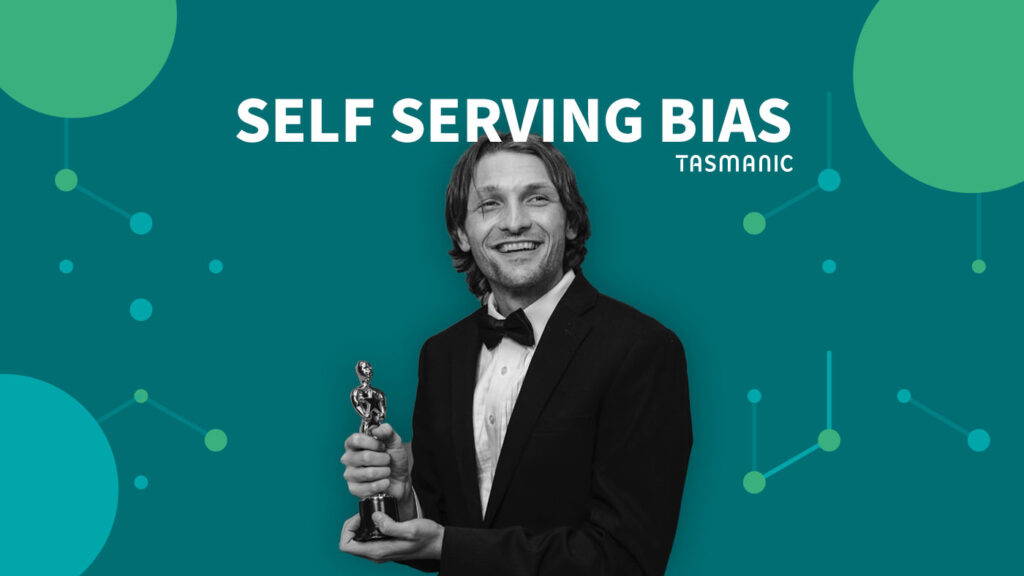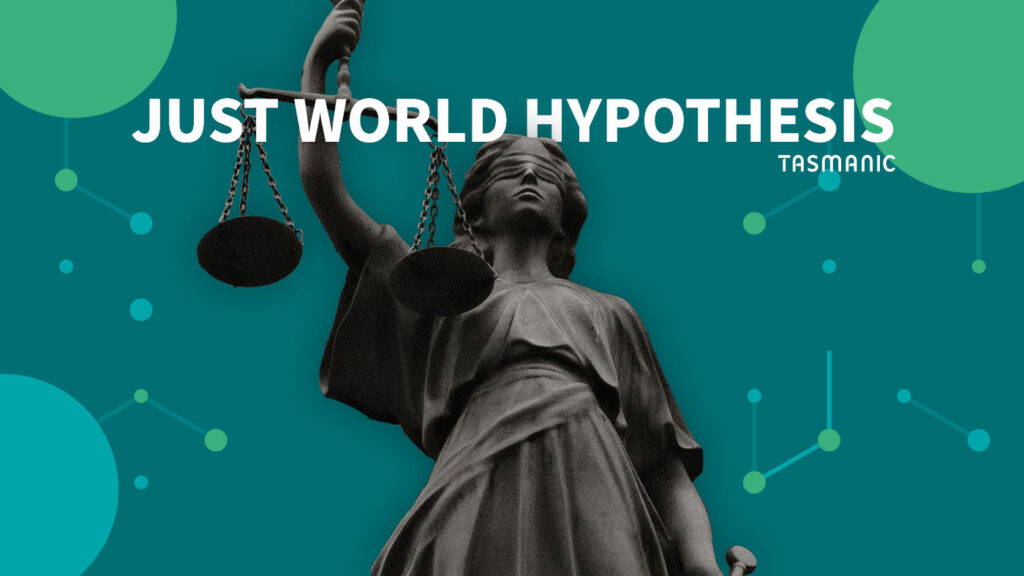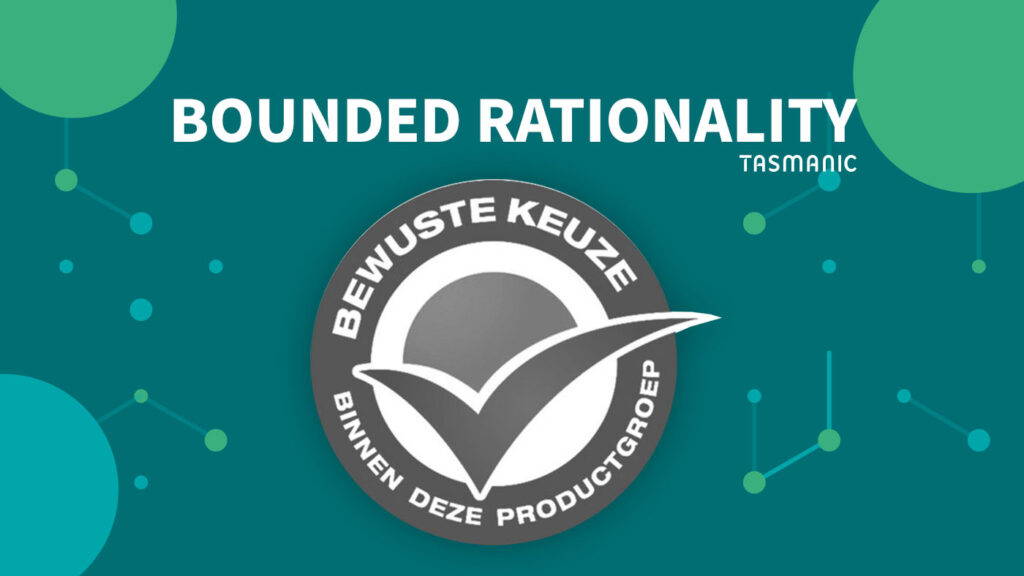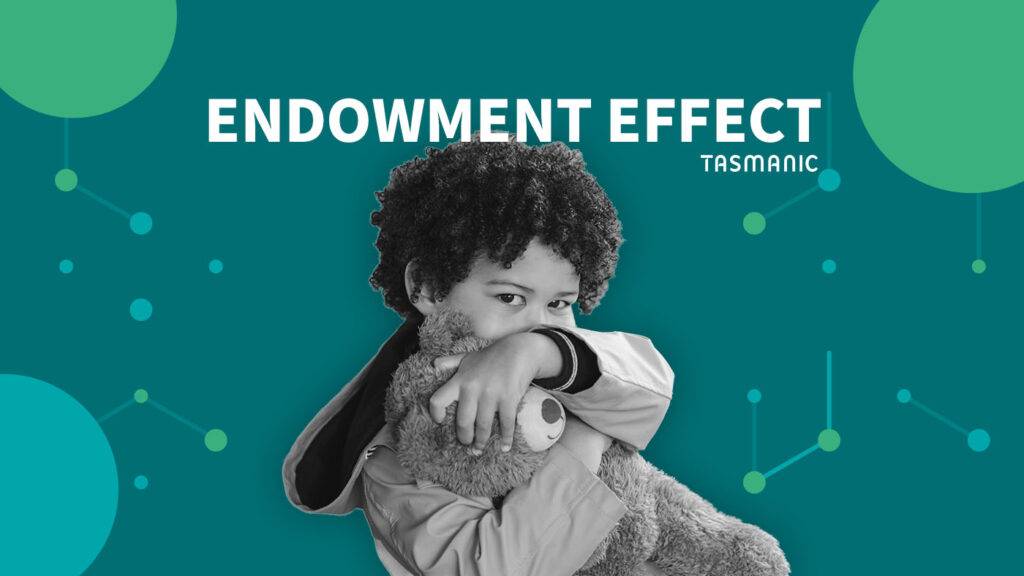
Last updated December 19, 2024
The endowment effect describes how customers place more value on something that (instinctively) belongs to them than on something that does not (yet) belong to them. So do you make customers already psychologically own your offer? Then they'll put it back harder and you'll make it more likely they'll buy from you. We explain how this effect works, how other SMBs apply it and how you can get started with it yourself.
What is the endowment effect?
The endowment effect describes how people value more what they (psychologically perceived to) possess than what they do not (yet) possess.
Endowment was described in 1979 by Daniel Kahneman and Amos Tversky. The effect states that people place extra value on that which belongs to them.
This was examined with a classic experiment:
- Half of the participants received a mug, worth €1
- The other half received a pen, also worth €1
Then they asked who wanted to trade their mug for a pen. And who wanted to exchange the pen for a mug.
Almost no one wanted to trade. It is statistically very unlikely that all lovers of a mug happened to get a mug, and all lovers of a pen got a pen.
The endowment effect describes that the mug became worth more to the recipients of a mug when they received it (in their minds, for example, €2). Therefore, they no longer wanted to exchange it for a pen, worth €1. Conversely, the value of the pen increased for the recipients of the pen. Therefore, they no longer wanted to exchange it for a mug.
You can use that as an entrepreneur to make customers feel added value for the products you want to sell. If customers already psychologically feel ownership of a product or service, they are more likely to want to buy or purchase it.
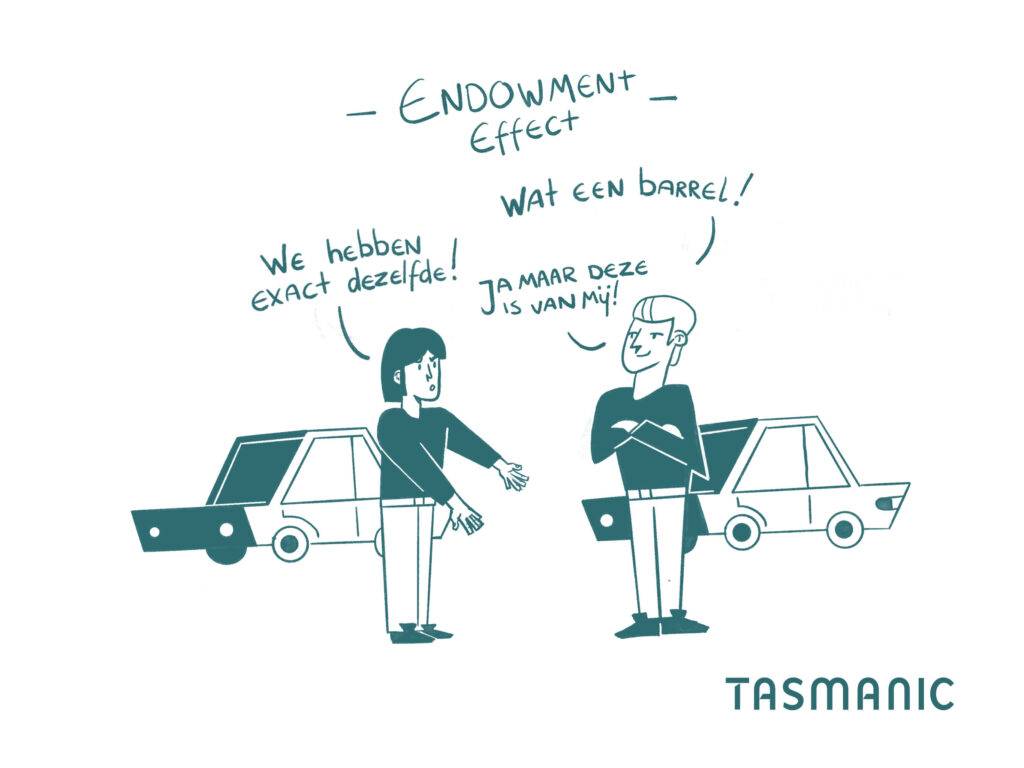
Examples: this is how SMEs deploy it
Other SMEs deploy the endowment effect in a variety of ways:
- Free trials
Customers who get to try products for free feel psychological ownership. The perceived value increases, so the purchase price feels relatively low relative to the psychological value created. - Ready-to-reach display
Physical stores try to entice customers to take a moment to grab the products they sell. Holding is enough to create a sense of psychological ownership. Once customers grab the products they feel ownership, so it becomes more difficult to put the product back and not checkout. That lowers the barrier to purchase. - Large product photos for web shops
Large product photos in Web shops approximate the feeling of holding on, especially on a tablet where customers scroll over the product photos with their fingers. This is another way retailers lower the barrier to purchase.
Getting started with the endowment effect
Want to work on the endowment effect yourself? Get customers to touch, hold or try products. You drive psychological ownership. Perceived value increases, making it seem like a better deal to pay the purchase price.
- Saas (software) companies: offer a free trial. Make this as approachable as possible so don't ask for credit card information.
- Webshops: offer free returns By offering free returns, you lower the barrier to ordering. Once customers get the products, they feel psychological ownership, the value increases and they don't just send them back.
Are the results from your online marketing disappointing?
Request our no-obligation performance scan and we'll tell you where you're going wrong.















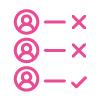

 Team
Team FAQ
FAQ Vacancies
Vacancies Contac
Contac AWR
AWR Ahrefs
Ahrefs Channable
Channable ContentKing
ContentKing Leadinfo
Leadinfo Optmyzr
Optmyzr Qooqie
Qooqie Hubspo
Hubspo Semrush
Semrush


